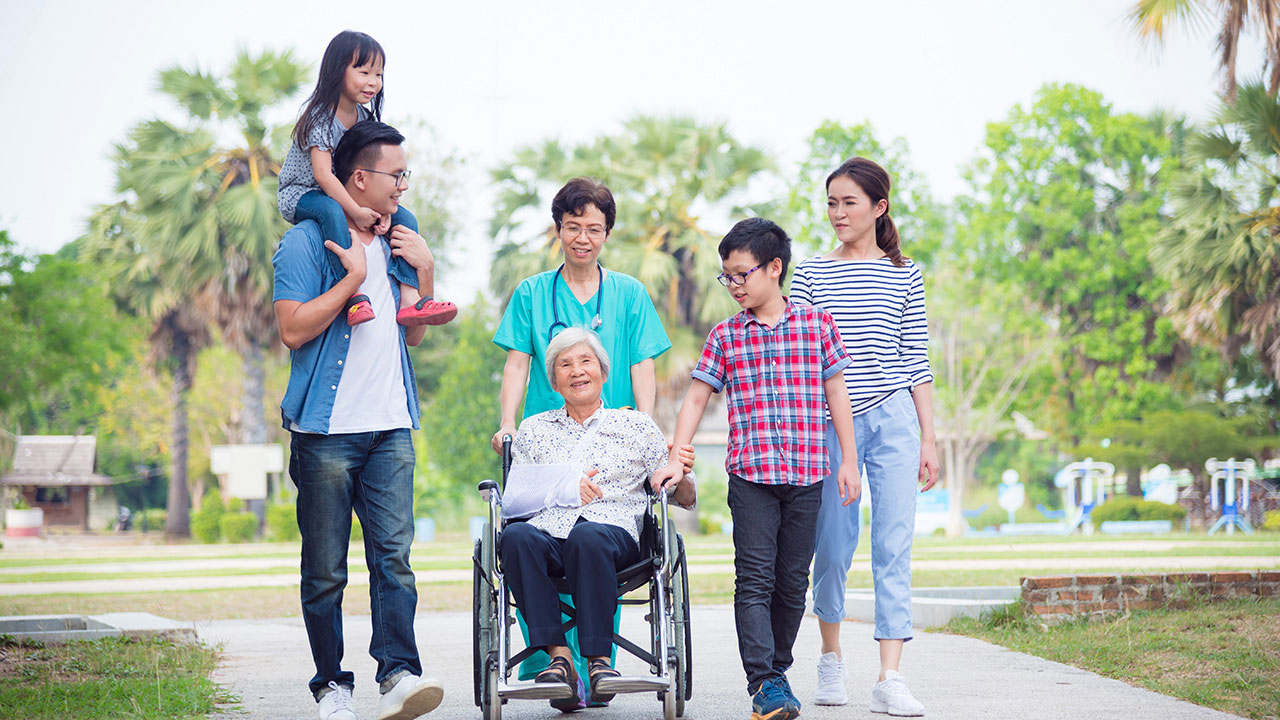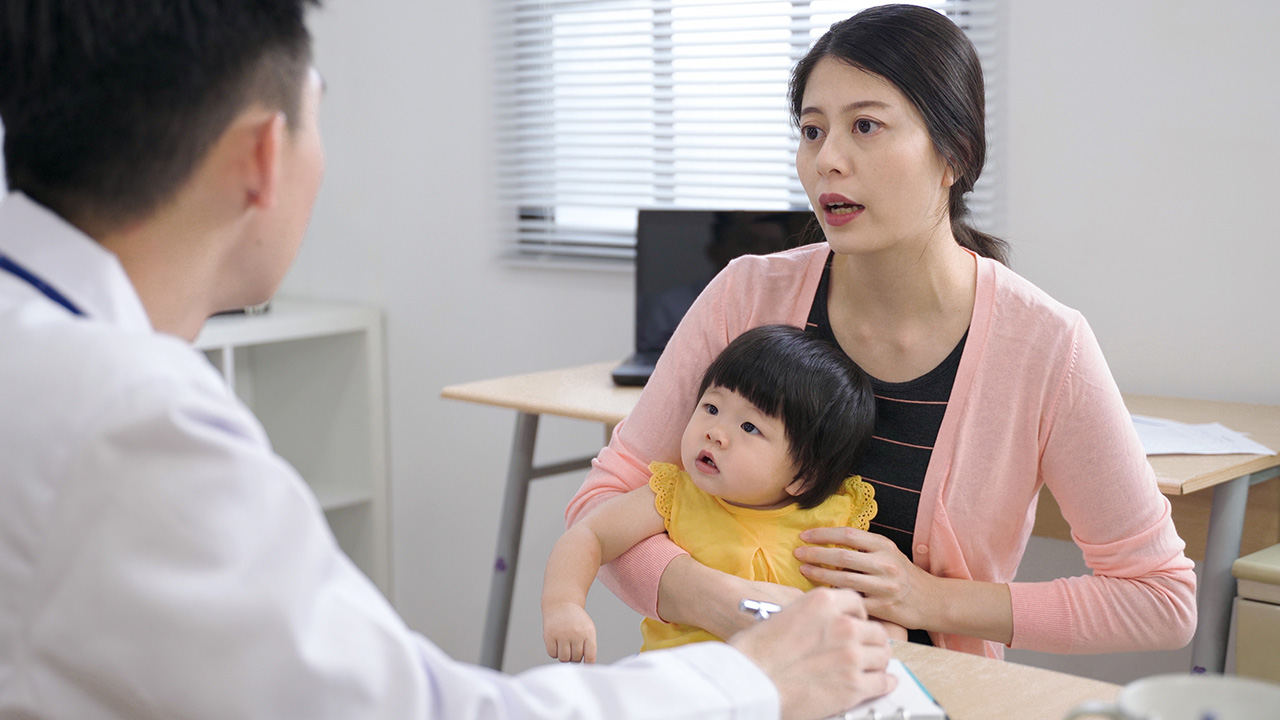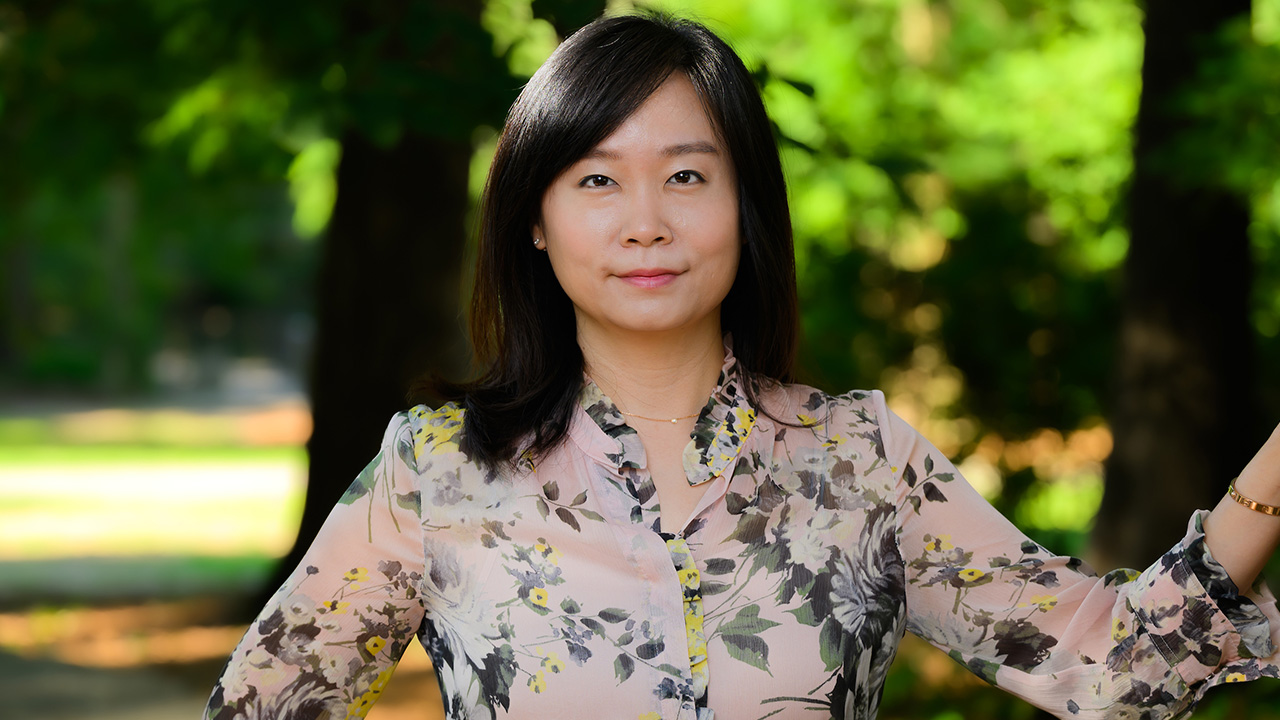content body

With funding support from the Eugene Washington PCORI Engagement Awards Program, Sagong’s project will form a research group consisting of community leaders, Korean immigrants who are patients and American providers.
Hae Sagong is only in her third year as an assistant professor in the College of Nursing (CON), but she’s already making an impact both at Auburn University and in the community with her research focused on Korean immigrants’ experiences with health care in the rural south.
Across the United States, there are an estimated 1.9 million Korean immigrants. Now, with the help of a recently approved $250,000 funding award through the Eugene Washington PCORI Engagement Awards Program, an initiative of the Patient-Centered Outcomes Research Institute (PCORI), Sagong is building upon her pilot findings to bring some of their voices to the forefront.
Among her funded activities, Sagong will form a research community in Lee County consisting of community members who are best equipped to give insight on Korean immigrants’ experiences. Sagong said Lee County was an apt location for this engagement project because of automobile industries that have attracted many Korean immigrants for jobs.
“We will gather people with different roles, including community leaders, health care providers, Korean immigrants with limited English proficiency and their families,” she said. “It’s really important to hear all of these different perspectives.”
Uncovering Korean immigrants’ hurdles in health care
A strength of the College of Nursing is that many of their researchers put people first by involving their target population in the research. Sagong used this patient-centered approach by conducting surveys and focus groups with Korean immigrants in two pilot projects.
Her dissertation findings have served as important preliminary data for her funding application. In a study she published in the Journal of Immigrant and Minority Health, Sagong found that Korean immigrants’ ability to understand health information, known as health literacy, hinged on their level of English proficiency.
“This language barrier could affect a lot of immigrant populations more than other general factors known to influence health literacy,” she said. “People who don’t understand English may have a difficult time understanding health care instructions or how to access health systems.”
Sagong also discovered that low English proficiency was common. Among the 244 survey participants, she found about three-quarters of them described having difficulty with the English language.
Besides her published dissertation findings, Sagong also leveraged qualitative data to inform her future grant, which was funded by a CON internal grant, the Bonnie and Leo Sanderson Annual Fund for Excellence for Research. In a manuscript that is currently under review, Sagong conducted focus groups with older Korean immigrants living in Lee County to better understand the factors they believed most influenced their health, or frailty.
From these focus groups, Sagong discovered that older Korean immigrants described limited available health resources and English skills as two crucial factors in their frailty.
“People usually think that diet and physical activities are the most important things affecting frailty,” Sagong said. “But for this population, our data suggests that frailty is affected by limited English proficiency and health care resources.”
Given both the prevalence and impact of low English proficiency on Korean immigrants’ understanding of health information, Sagong structured her PCORI funding proposal to target the needs of Korean immigrants who are not comfortable speaking English.

Assistant Professor Hae Sagong’s research helps uncover the barriers for Korean immigrants seeking health care in Lee County.
Building a patient-centered research group
Sagong is building upon these mixed methods findings in her PCORI-funded project, which will have three main phases. She will first train a group of diverse stakeholders, including American and Korean health care providers and Korean immigrants with limited English proficiency about the basics of research.
Examples of modules include sharing PCORI’s Research Fundamentals training and the basics of American health care systems. Sagong says the goals of this first phase are not just educational but are meant to foster engagement and openness between stakeholders.
“Once they learn why engagement and involving patients and the community is very important, they will be more likely to engage themselves and provide their thoughts,” she says.
After the team has cultivated their knowledge about both research and their integral role in the process, Sagong said its members will work as a group to identify research questions relevant to improving Korean immigrants with limited English proficiency access to health care.
For example, her past study has suggested that social support and acculturation can assist Korean immigrants with their health literacy. Participants could develop a research question about practical strategies to enhance social support and acculturation for Korean immigrants in the community. However, specific questions will emerge from the conversation among the group members.
The final phase of the project will be to establish a research community by brainstorming specific goals for the team, as well as approaches to continue prioritizing community voices in these efforts. While the project spans a two-year period, Sagong anticipates this research community established by the PCORI project will last well into the future.
“I hope to write future funding proposals that incorporate this research community and keep actively engaging them and value their voices,” she said. “Our goal is to address the specific needs of the Korean immigrant community moving forward.”
For Sagong, this work is both professional and personal — and rooted in making people’s lives better by improving health access.
“I want to help this population — I’m one of them,” she said. “And I’d like to learn from this research, so that we can help develop solutions all over the U.S. and expand to other immigrant populations.”





